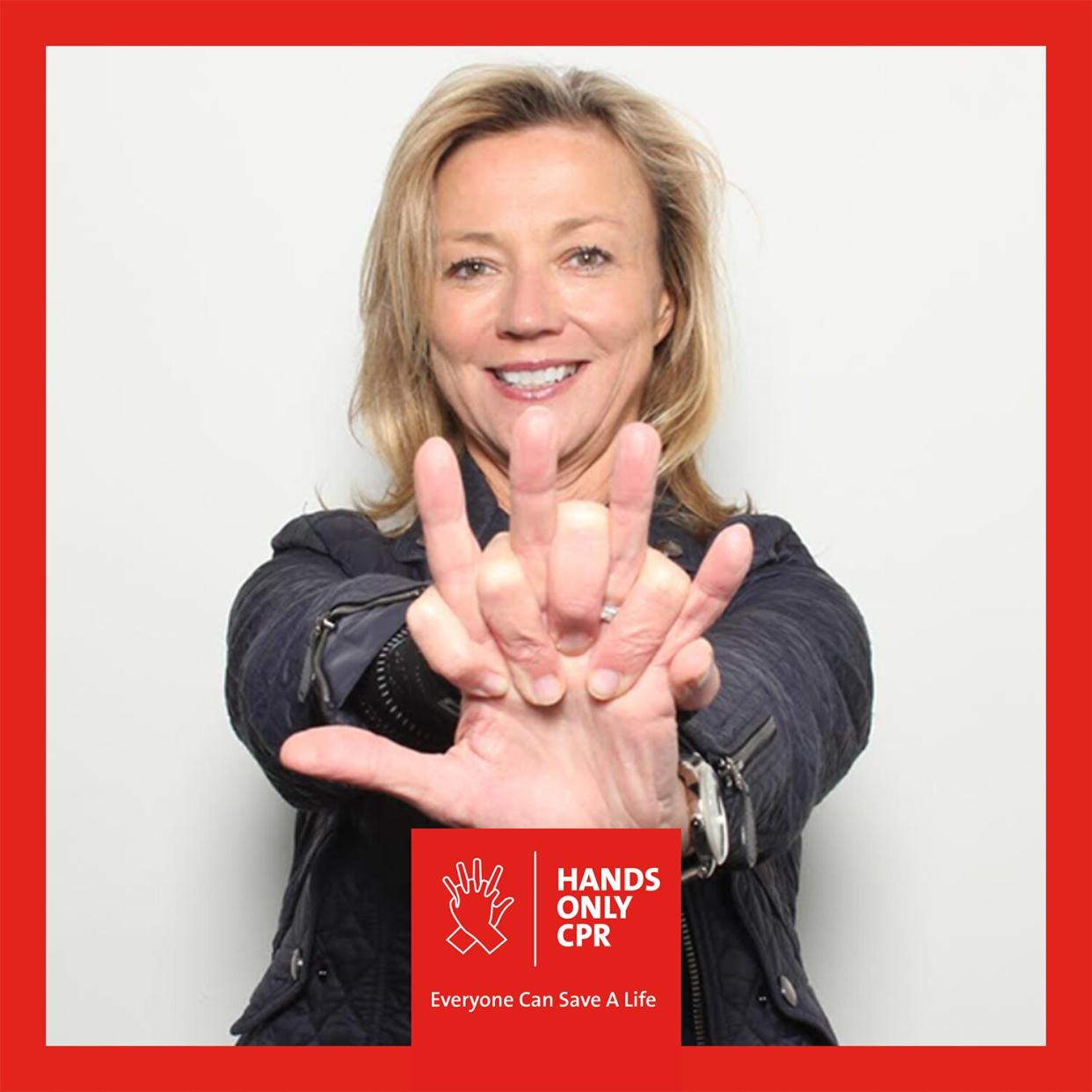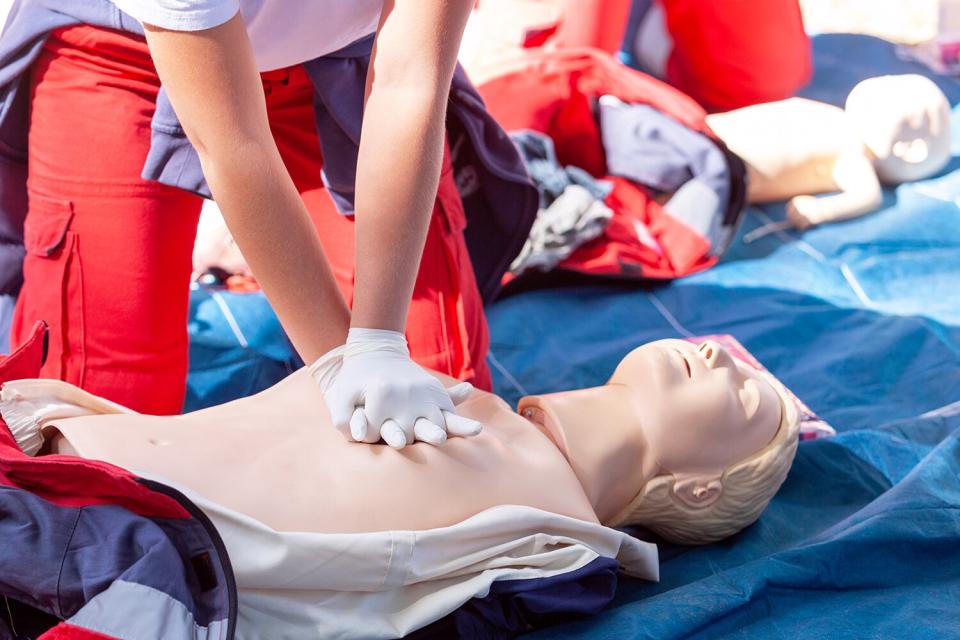You Can Save a Life with Hands-Only CPR: 'You Don't Have to Do Mouth-to-Mouth Anymore'

Courtesy Holly S. Andersen, M.D., F.A.C.L. Dr. Holly Andersen
Dr. Holly Andersen is a longtime cardiologist on a mission to spread the word about the effectiveness of hands-only CPR, which she says is an easy-to-learn life-saving option for someone who has suffered sudden cardiac arrest.
"My entire career I've been frustrated that the lowest hanging fruit of saving lives is saving out-of-hospital victims of sudden cardiac arrest yet 92% die before making it to the hospital because people don't know what to do," says Andersen, the Director of Education and Outreach at the Ronald O. Perelman Heart Institute at New York-Presbyterian/Weill Cornell Medical Center. "And what to do is so easy."
Andersen wants everyone to learn hands-only CPR. "Everyone should know how to save a life. Everyone can save a life," she says. "You don't have to be certified. You don't have to do mouth-to-mouth anymore."
At Handsonly.org, Andersen and colleagues at New York-Presbyterian have created a simple-to-follow instructional video and written guide on how to perform hands-only CPR.

Getty
Andersen says to first check someone for signs of life — tap his or her shoulders to see if they are breathing. If there is no sign of breathing or the person doesn't respond, immediately call 911 for help or have someone else call.
Lie the victim flat on their back, then kneel down beside them, put one hand over the other, interlock your fingers and use your palm to press down on the middle of the breastbone of the chest, with two compressions per second, she says, and repeating at this rate until EMS arrives.
"Begin chest compressions hard and fast," says Andersen, about 100 to 120 times a minute in the center of the chest, and pushing down down about two inches. This, she says, will help keep blood and oxygen flowing while waiting for help to arrive.
Handsonly.org has a playlist of songs to help Good Samaritans with the fast repetition of the compressions, such as 'Stayin Alive' or Lady Gaga's 'Just Dance.'
The importance of learning and performing hands-only CPR is immense, says Andersen. "The worst thing you can do is nothing because you can't hurt someone that's going to die without your help," she says, adding that while 70% of sudden cardiac arrests happen in the home, they also occur among student-athletes on the playing field and is their number one cause of death.
"To watch someone die, not knowing what to do, is incredibly traumatic for those left behind," Andersen says.
"Every minute without CPR, the chance of survival goes down by 10%. Within five minutes, brain cells begin to die," adds Andersen. "Within 10 minutes, the chance of survival is virtually zero. You can't wait for EMS. You can't wait for someone, in most cases, to go get a defibrillator which is also important."
"If you want to have a viable, successful outcome, you need to need to start right away," she says. "And then it triples the chance of survival."
.
